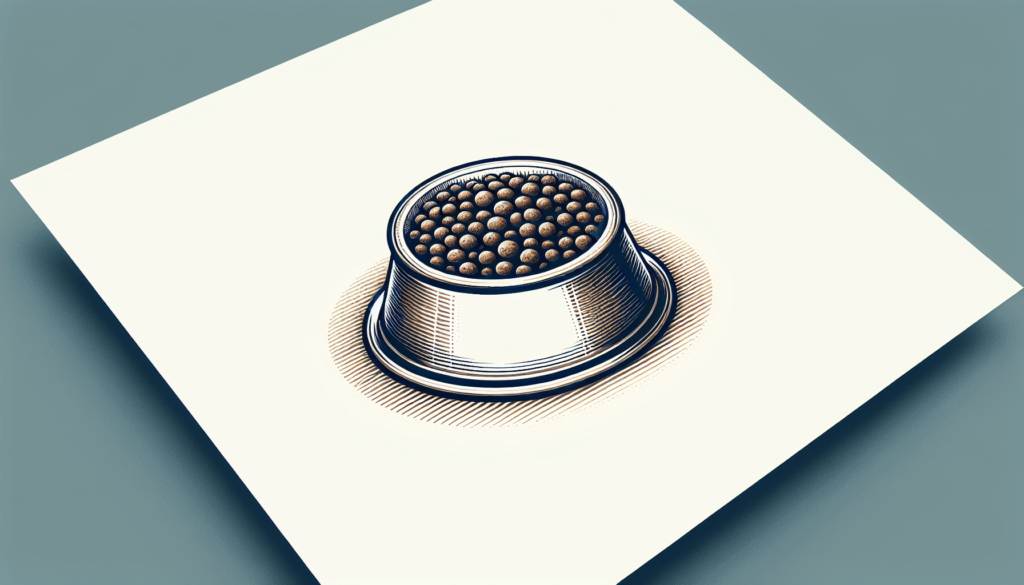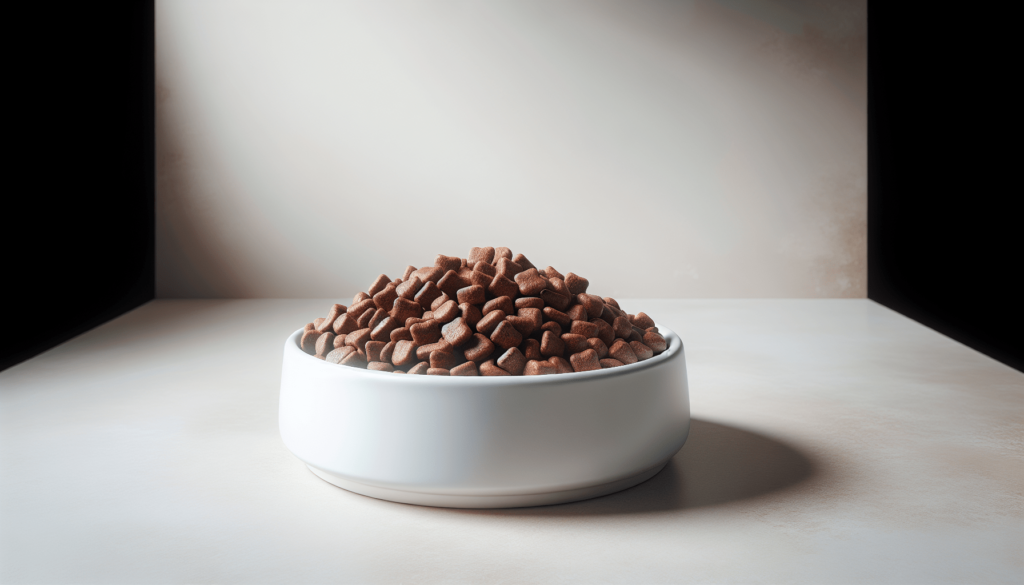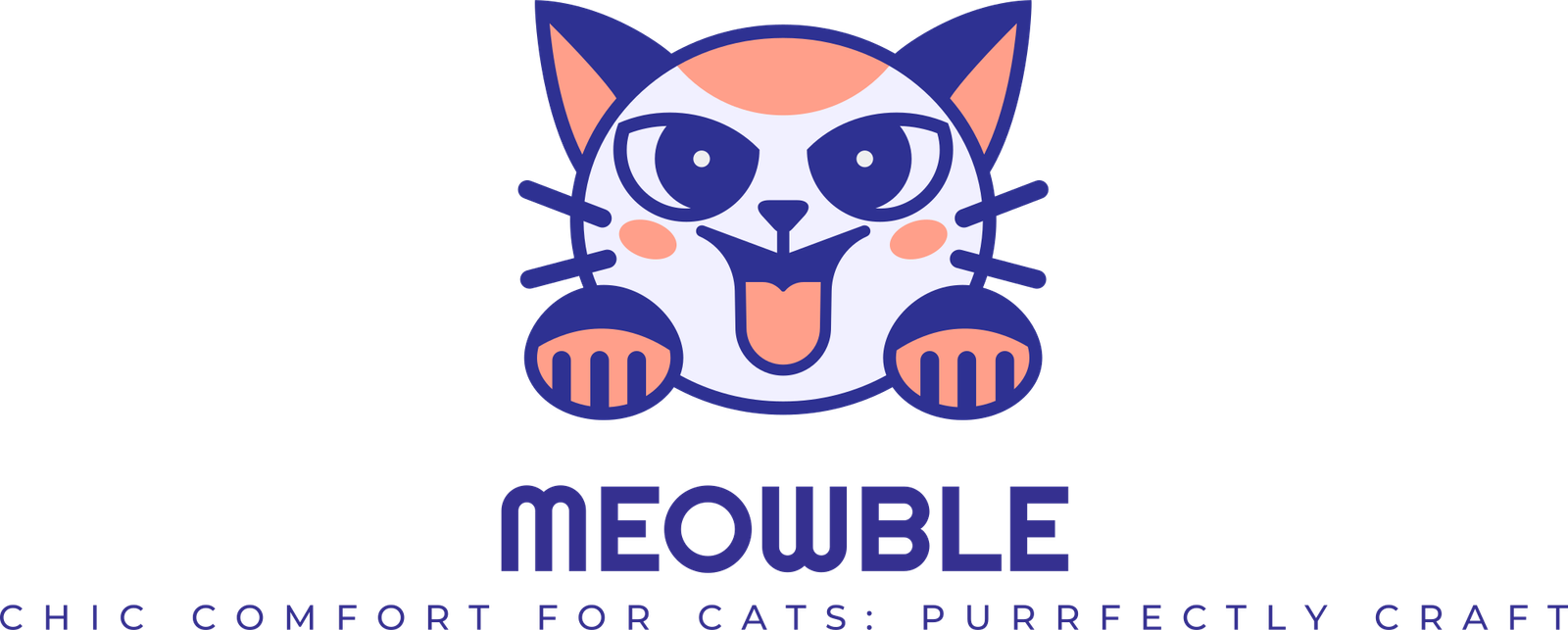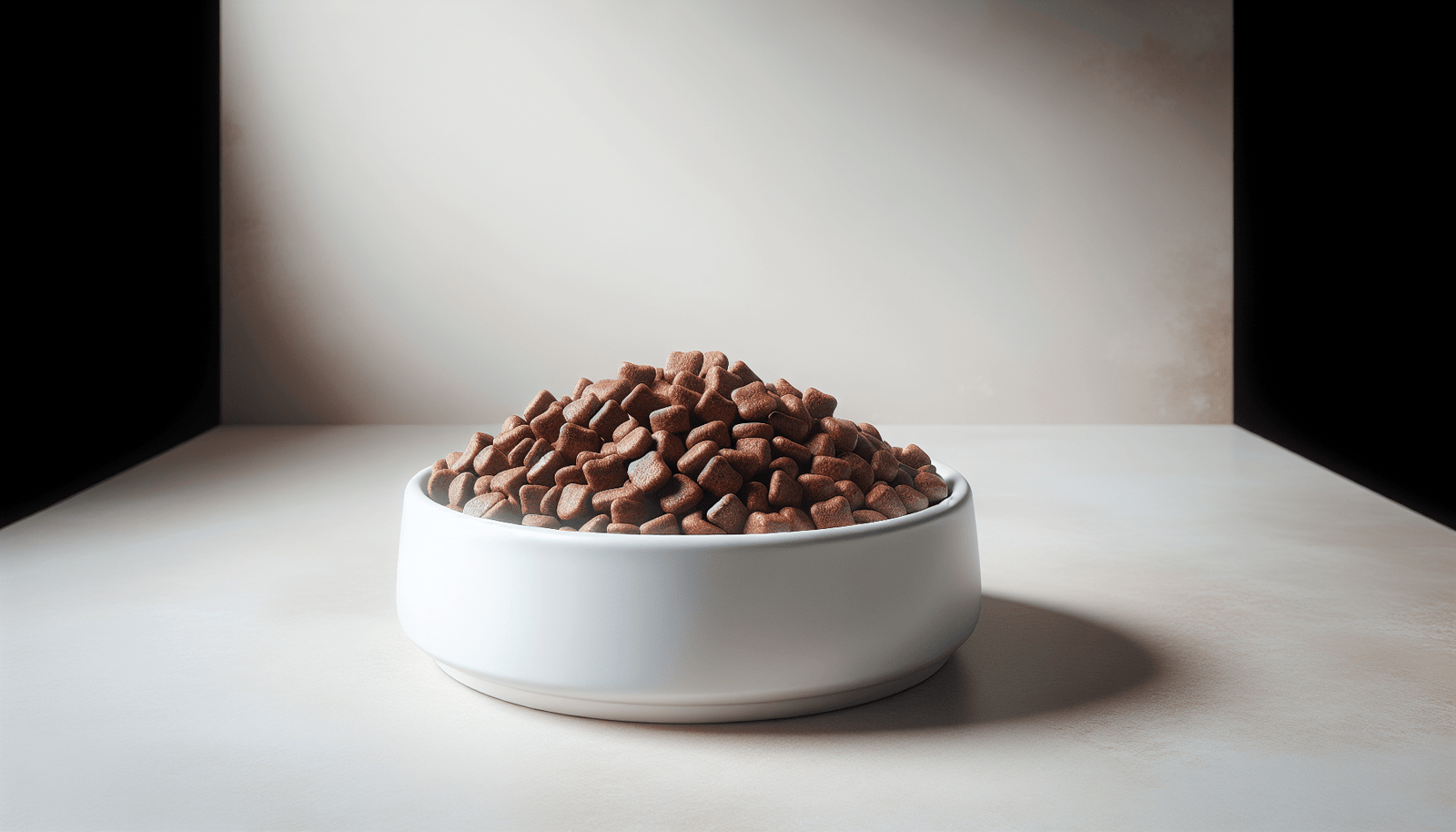Are you a new cat owner wondering about the best way to nourish your furry friend? “How Much Should I Feed My Cat” is here to help you navigate the confusing world of feline nutrition. We understand that figuring out the perfect portion sizes and dietary requirements can be a daunting task, but fear not! In this article, we will provide you with expert advice and practical tips on how to ensure your cat receives the right amount of food to stay healthy and happy. Let’s embark on this journey together and discover the answer to the age-old question, “how much should I feed my cat?” Cat lovers, rejoice!
Understanding Cat Nutritional Needs
Cats have unique dietary needs that are essential for their overall health and well-being. It is important to provide them with a balanced and nutritious diet to ensure they thrive. A cat’s nutritional needs vary depending on their age, activity level, and health status. By understanding their specific requirements, you can ensure that your feline friend receives the proper nourishment they need to live a happy and healthy life.
The Importance of Balanced Cat Diet
A balanced cat diet is crucial for their overall health. It provides them with the necessary nutrients, vitamins, and minerals to support their growth, development, and daily functions. A cat’s diet should consist of a proper balance of proteins, fats, and carbohydrates to meet their specific dietary requirements. Additionally, it is important to provide them with a variety of food options to ensure they get all the essential nutrients they need.
Nutrient Requirements for Cats
Cats have specific nutrient requirements that differ from other animals. Some of the essential nutrients they need include proteins, fats, carbohydrates, vitamins, and minerals. Proteins are particularly important for cats as they are obligate carnivores, meaning they rely primarily on animal-based proteins. Fats provide energy and support various bodily functions, while carbohydrates are a source of energy. Vitamins and minerals play a crucial role in maintaining overall health and supporting various bodily processes.
The Role of Proteins, Fats, and Carbohydrates in a Cat’s Diet
Proteins play a vital role in a cat’s diet as they are necessary for growth, maintenance, and repair of tissues. They are also essential for the production of enzymes, hormones, and antibodies. Fats, on the other hand, provide a concentrated source of energy and aid in the absorption of fat-soluble vitamins. Carbohydrates provide energy and fiber, although cats have a limited ability to digest and utilize carbohydrates compared to other animals.
Difference Between Cat and Dog Nutrition
Cat and dog nutrition differ significantly due to their unique biological needs. Cats are obligate carnivores, while dogs are omnivores. Cats require a higher amount of animal-based proteins in their diet compared to dogs. Additionally, cats have a higher requirement for certain essential nutrients, such as taurine and arachidonic acid. It is important to feed cats a diet specifically formulated for their nutritional needs and not to substitute cat food with dog food.
Feeding Your Cat By Age
Feeding your cat based on their age is essential to ensure they receive the appropriate amount of nutrients to support their growth and development. The nutritional needs of a kitten, adult cat, and senior cat differ, and it is important to adjust their diet accordingly.
Feeding a Kitten
Kittens have unique nutritional needs as they are in the growing stage of life. They require a diet that is high in protein, essential fatty acids, vitamins, and minerals to support their rapid growth and development. It is recommended to feed kittens a specially formulated kitten food that provides all the necessary nutrients in the appropriate proportions. Feeding frequency is also important for kittens, and they generally need to be fed several times a day.
Feeding an Adult Cat
Once a cat reaches adulthood, their nutritional needs change. Adult cats require a balanced diet that meets their energy requirements while maintaining a healthy weight. It is important to provide them with a diet that consists of high-quality proteins, moderate amounts of fats, and a limited amount of carbohydrates. Feeding frequency for adult cats can vary, but two meals a day is typically sufficient.
Feeding a Senior Cat
As cats age, their nutritional needs change once again. Senior cats often have lower energy requirements and may require a diet that supports their aging bodies. It is important to provide them with a senior cat food that is specifically formulated for their needs. Senior cat food typically contains lower levels of calories and fats to prevent weight gain and is enriched with nutrients that support joint health and immune function. Feeding frequency for senior cats is similar to that of adult cats.

Factors Influencing Cat Food Portions
Determining the appropriate portion size for your cat’s meals can be challenging. However, several factors can influence the amount of food your cat needs.
The Cat’s Weight
The weight of your cat is an essential factor to consider when determining food portions. Overweight cats may require fewer calories to achieve or maintain a healthy weight, while underweight cats may need more calories to support weight gain. Monitoring your cat’s weight and adjusting their food portions accordingly can help prevent obesity or undernourishment.
The Cat’s Activity Level
The activity level of your cat also plays a role in determining their food portions. Cats that are highly active, such as outdoor cats or those with access to ample playtime, may require more calories to fuel their energy expenditure. On the other hand, cats that are less active or more sedentary may need fewer calories to prevent weight gain.
The Cat’s Health Status
The health status of your cat is another crucial factor to consider when determining their food portions. Cats with certain medical conditions, such as diabetes or kidney disease, may require a specific diet that is tailored to their needs. It is important to consult with your veterinarian to determine the appropriate food portions and dietary requirements for cats with specific health conditions.
Pregnancy and Nursing
If your cat is pregnant or nursing, their nutritional needs will significantly increase. Pregnant and nursing cats require additional calories and nutrients to support the growth and development of their kittens. It is essential to provide them with a high-quality kitten food or a specially formulated diet for pregnant and nursing cats to ensure they receive the necessary nourishment during this critical time.
Common Mistakes in Feeding Cats
While feeding your cat seems like a straightforward task, there are common mistakes that cat owners often make that can impact their health and well-being. Understanding and avoiding these mistakes is crucial to ensure your cat receives the proper nutrition they need.
Overfeeding
Overfeeding is a common mistake that can lead to obesity and other health issues in cats. Giving in to those pleading eyes and providing excessive amounts of food can quickly lead to weight gain. It is important to measure your cat’s food portions and follow the feeding guidelines provided on the cat food packaging. Adjusting the portions based on your cat’s weight and activity level can help prevent overfeeding.
Underfeeding
Underfeeding is another mistake that can negatively impact a cat’s health. Not providing enough food can lead to malnutrition, weight loss, and other health issues. It is important to ensure that your cat is receiving the appropriate amount of food based on their weight, age, and activity level. If you are unsure about the right portion size, consult with your veterinarian for guidance.
Erratic Feeding Schedule
Having an erratic feeding schedule can disrupt your cat’s eating routine and may lead to behavioral issues, such as begging or food aggression. Establishing a consistent feeding schedule helps maintain a healthy routine for your cat and allows them to anticipate and enjoy their meals. Stick to regular meal times and avoid leaving food out all day, as free-feeding can lead to overeating and obesity.
Feeding Dog Food to Cats
Feeding dog food to cats is a mistake that should be avoided at all costs. Cats have specific dietary requirements that differ from dogs, and feeding them dog food can lead to nutritional imbalances. Cats require higher levels of certain nutrients, such as taurine and arachidonic acid, which are not present in adequate amounts in dog food. It is crucial to provide cats with a diet specifically formulated for their nutritional needs.

Reading and Understanding Cat Food Labels
Reading and understanding cat food labels is essential for choosing the right diet for your feline companion. While it may seem overwhelming at first, familiarizing yourself with the information provided on the labels can help you make informed decisions about your cat’s nutrition.
Identifying the Nutritional Adequacy Statement
The nutritional adequacy statement on cat food labels indicates whether the food is nutritionally complete and balanced for a specific life stage, such as growth, maintenance, or all life stages. Look for phrases such as “formulated to meet the nutritional levels established by the AAFCO Cat Food Nutrient Profiles” or “complete and balanced nutrition” to ensure you are providing your cat with a diet that meets their needs.
Understanding the List of Ingredients
The list of ingredients on cat food labels provides valuable information about the composition of the food. Ingredients are listed in descending order by weight, with the heaviest ingredient listed first. Look for high-quality protein sources, such as chicken or fish, as the primary ingredient. Avoid foods that contain artificial preservatives, colors, and fillers, as these may not provide the necessary nutrients your cat needs.
Interpreting Feeding Guidelines
Feeding guidelines on cat food labels provide general recommendations for the amount of food to feed your cat based on their weight and life stage. However, these guidelines are just a starting point and may need to be adjusted based on your cat’s individual needs. Monitor your cat’s weight and body condition regularly and make adjustments to their food portions as needed to maintain a healthy weight.
Decoding Marketing Terms
Cat food labels often contain marketing terms that may be misleading. Phrases such as “premium,” “natural,” or “grain-free” do not necessarily indicate superior quality. It is important to focus on the nutritional adequacy statement and ingredients list to determine the quality of the food. If you have any concerns or questions about the marketing claims on the label, consult with your veterinarian for clarification.
Type of Cat Food and Their Impact on Portion Size
The type of cat food you choose can impact the portion size you feed your cat. Different types of cat food have varying nutrient densities, which affect the volume of food needed to meet your cat’s nutritional needs.
Dry Cat Food
Dry cat food, also known as kibble, is a popular choice for many cat owners. It is convenient, has a long shelf life, and is generally more affordable than other types of cat food. However, dry cat food tends to have a higher carbohydrate content and lower moisture content, which can lead to dehydration in some cats. Due to its calorie density, smaller portions of dry cat food may be required compared to wet or raw food to ensure your cat receives the necessary nutrients.
Wet Cat Food
Wet cat food, also known as canned food, contains a higher moisture content and lower carbohydrate content compared to dry cat food. It provides an additional source of hydration for cats, which can be beneficial, especially for cats that do not drink adequate amounts of water. The higher water content in wet cat food can contribute to a larger portion size to meet your cat’s nutritional needs. However, it is important to monitor caloric intake as wet cat food can be more calorie-dense than dry cat food.
Raw or Homemade Cat Food
Raw or homemade cat food has gained popularity in recent years, as it allows cat owners to have complete control over the ingredients and preparation process. However, raw or homemade cat food requires careful attention to ensure that it provides all the necessary nutrients in the correct proportions. Consult with your veterinarian or a veterinary nutritionist to ensure that any raw or homemade diet you provide meets your cat’s nutritional needs. Portion sizes for raw or homemade food may vary based on the recipe and individual cat requirements.
Incorporating Treats into Your Cat’s Diet
Treats can be a fun and enjoyable way to bond with your cat and reward them for good behavior. However, it is important to choose treats that are healthy and not to overindulge.
Benefits and Risks of Cat Treats
Cat treats can provide additional nutrition or serve as a special reward. Some treats are specifically formulated to promote dental health, provide joint support, or enhance coat and skin health. However, it is important to choose treats that are appropriate for your cat’s dietary needs and avoid those high in calories or filled with artificial ingredients, as they can contribute to weight gain and other health issues.
How Often to Give Your Cat Treats
The frequency of giving treats to your cat should be limited to prevent overconsumption and weight gain. Treats should be given in moderation and not exceed 10% of your cat’s daily caloric intake. It is important to consider the calorie content of treats when calculating their overall daily food portions. If you are unsure about the appropriate frequency and amount of treats for your cat, consult with your veterinarian for guidance.
How to Choose Healthy Cat Treats
When choosing treats for your cat, opt for those made with high-quality ingredients and without artificial preservatives, colors, or fillers. Look for treats that are specifically formulated for cats and meet their nutritional needs. Treats that provide additional benefits, such as dental support or joint health, can be beneficial, especially for cats with specific health concerns. Always read the labels and choose treats that align with your cat’s dietary requirements.
Feeding Schedule for Cats
Establishing a feeding schedule for your cat is crucial for maintaining a healthy routine and preventing overeating or undernourishment.
Free-Feeding vs. Scheduled Meals
Free-feeding, where food is left out all day for your cat to eat as they please, can lead to overeating and obesity. It is generally recommended to establish a scheduled mealtime feeding routine for your cat. This allows you to control portion sizes, monitor your cat’s food intake, and ensure they are receiving a balanced diet. Scheduled meals also help prevent behavioral issues associated with erratic feeding schedules.
Number of Meals per Day for Different Cat Ages
The number of meals per day for your cat will vary depending on their age. Kittens typically require multiple small meals throughout the day, as their tiny stomachs cannot hold large quantities of food. As they grow, the number of meals can be gradually reduced. Adult cats usually do well with two meals a day, while senior cats may benefit from more frequent, smaller meals to support their aging digestive system.
Importance of Consistency in Feeding Times
Consistency in feeding times is crucial for cats as they thrive on routine and predictability. Establishing regular meal times helps them anticipate and enjoy their meals. Avoid making sudden changes to their feeding schedule, as this can lead to stress and digestive issues. If you need to make adjustments to their feeding times, do so gradually over a period of several days, allowing them time to adapt.
Recognizing and Preventing Cat Obesity
Obesity is a common issue among cats that can have serious consequences on their health and well-being. It is important to recognize the signs of obesity and take steps to prevent and manage it.
Signs of Obesity in Cats
Signs of obesity in cats include excessive weight gain, excessive abdominal fat, difficulty in feeling their ribs, and a lack of a well-defined waistline. Obese cats may also exhibit decreased activity levels, difficulty grooming themselves, and an increased risk of developing certain health issues, such as diabetes, arthritis, and heart problems. Regular monitoring of your cat’s weight and body condition can help identify and address obesity concerns.
Health Risks Associated with Overweight Cats
Obesity in cats can lead to a variety of health issues, including diabetes, heart disease, arthritis, respiratory problems, and decreased lifespan. Excess weight puts strain on the joints and organs, leading to reduced mobility and overall decreased quality of life. It is important to address obesity in cats promptly to prevent these potential health risks.
Strategies for Weight Management and Weight Loss in Cats
If your cat is overweight or obese, implementing a weight management plan is important. Consult with your veterinarian to determine the ideal weight for your cat and develop a weight loss strategy tailored to their needs. This may include a combination of portion control, dietary adjustments, increased exercise, and regular monitoring of their weight and body condition. Avoid crash diets or rapid weight loss methods, as they can be detrimental to your cat’s health.
Special Dietary Needs and Therapeutic Diets
Some cats may have specific dietary needs due to underlying health conditions or special circumstances. Therapeutic diets can be beneficial in managing these conditions and promoting overall well-being.
Diet for Cats with Kidney Disease
Cats with kidney disease often require a special diet that supports their kidney function and helps manage the condition. These diets are formulated with reduced levels of protein, phosphorus, and sodium, and may include supplements to support kidney health. It is crucial to work closely with your veterinarian to determine the most appropriate diet for your cat’s specific needs.
Diet for Cats with Diabetes
Cats with diabetes benefit from a diet that helps regulate their blood sugar levels. These diets typically consist of a balanced blend of proteins, fats, and complex carbohydrates to provide slow and steady energy release. Feeding small, frequent meals throughout the day can also help regulate blood sugar levels. Consult with your veterinarian to determine the best diet and feeding plan for your cat with diabetes.
Diet for Cats with Allergies
Cats with food allergies or sensitivities require a diet that eliminates the offending ingredients. These diets are formulated with alternative protein and carbohydrate sources that are less likely to trigger an allergic reaction. Identifying the specific allergen can be challenging, and it may require a trial period of feeding different diets to pinpoint the culprit. Working closely with your veterinarian is essential in managing food allergies in cats.
Diet for Overweight Cats
Overweight cats require a weight management diet that helps reduce calorie intake while providing the necessary nutrients. These diets are often lower in fat and calories but still provide adequate protein to support lean muscle mass. Adding fiber to the diet can also help promote a feeling of fullness. Consult with your veterinarian to determine the appropriate weight management or weight loss diet for your cat.
In conclusion, understanding your cat’s nutritional needs and providing them with a balanced diet is essential for their overall health and well-being. Feeding them according to their age, monitoring their weight, and adjusting food portions based on their specific requirements are key factors in keeping them healthy. Avoiding common feeding mistakes, reading and understanding cat food labels, and incorporating treats into their diet in moderation are important aspects of responsible cat ownership. Following a consistent feeding schedule, recognizing and preventing obesity, and catering to their special dietary needs when necessary will ensure your cat leads a happy, healthy, and fulfilling life. Remember, your veterinarian is a valuable resource for guidance and advice regarding your cat’s nutrition.

